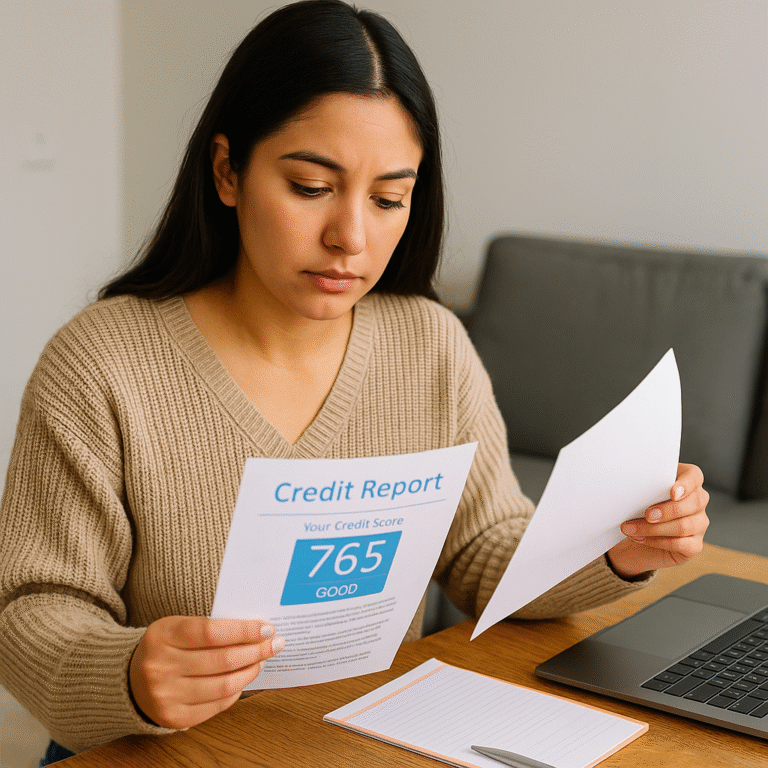¿Por qué el sistema te quiere desinformado sobre tu crédito?
Las agencias de reporte no ganan dinero cuando tú aprendes. En esta publicación te mostramos las verdades ocultas del sistema crediticio y cómo empoderarte con conocimiento para no ser víctima del abuso financiero.

1. Captivating Headline
Your headline is the first thing readers see. Make it catchy, clear, and concise. It should pique interest and give a hint about the content.
2. Intriguing Introduction
Begin with an engaging introduction. Use it to hook your reader, provide context, and set the tone for your post.
3. Organized Body Content
Break your content into clear, digestible sections. Use headings and subheadings to guide readers through your post. Each section should flow logically and contribute to the overall topic.
4. Use of Bullet Points and Lists
Where appropriate, use bullet points or lists to present information clearly. They make the content easier to scan and digest.
5. Inclusion of Images and Media
Visuals can break up text and add an extra layer of engagement. Use relevant images, infographics, or videos to complement your content.
6. Personal Touch
Add your personal insights or experiences. This personal touch can make your blog more relatable and engaging.
7. Conclusion with a Call to Action
End with a conclusion that summarizes the main points. Include a call to action, encouraging readers to engage, share, or explore further.
8. Consistent Formatting
Maintain a consistent format throughout your blog. This includes font sizes, styles, and color schemes.
Conclusion
A well-structured blog post is crucial for engaging and retaining readers. By following these guidelines, you can create posts that are not only informative but also enjoyable to read. Happy blogging!






